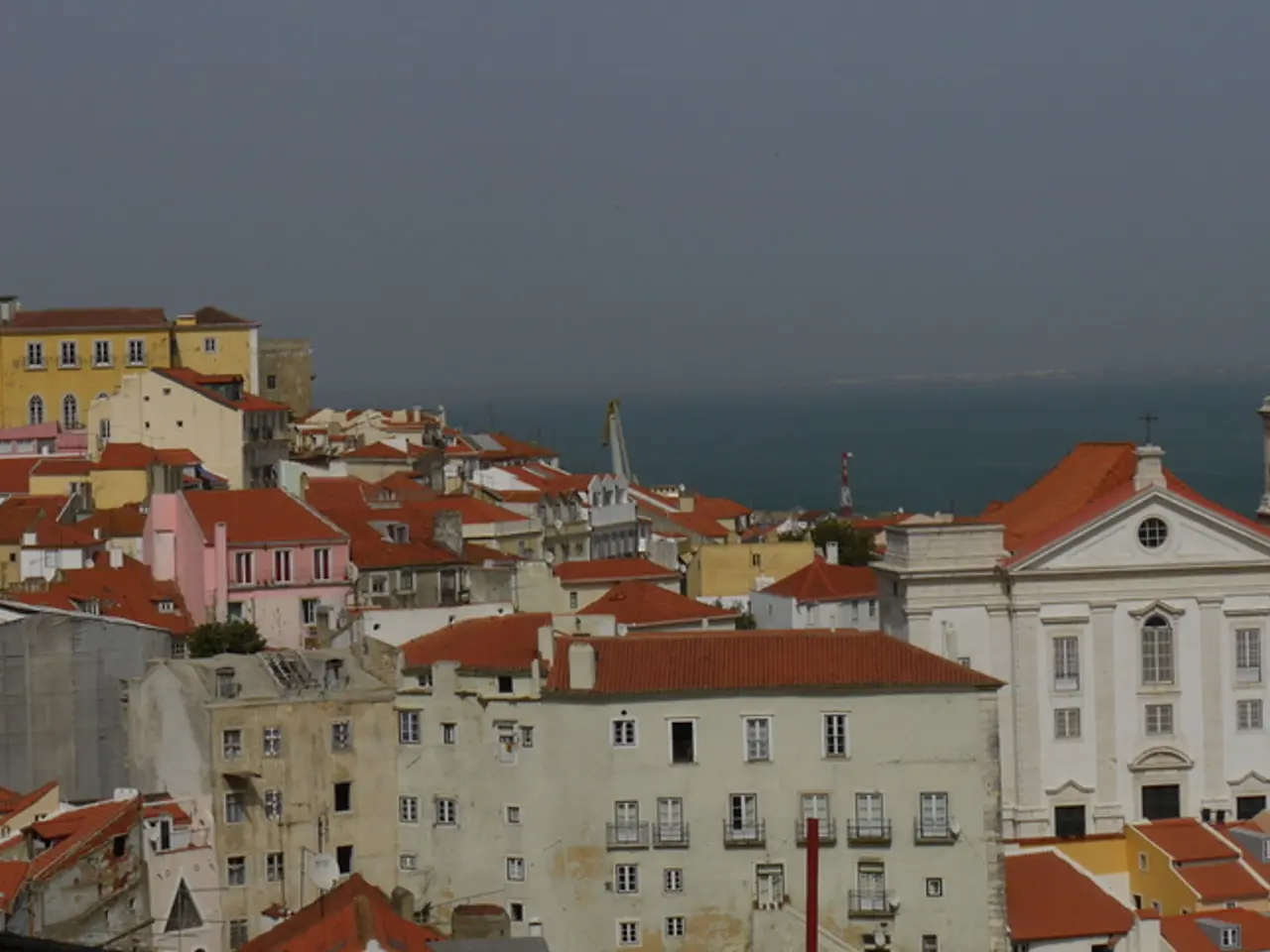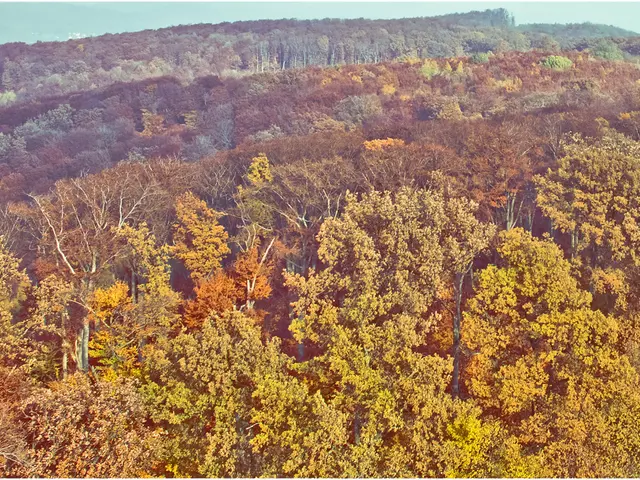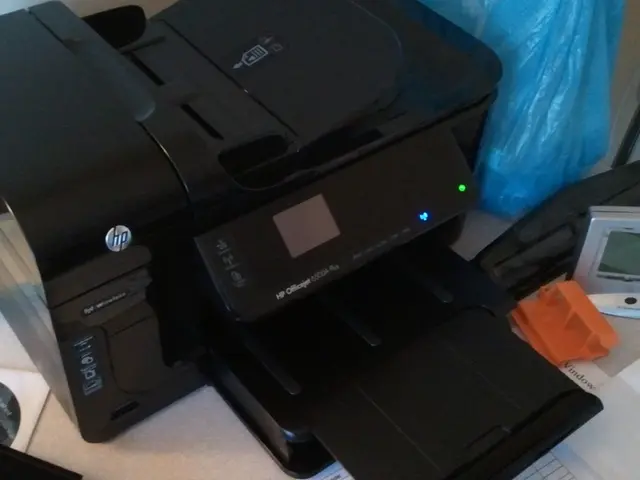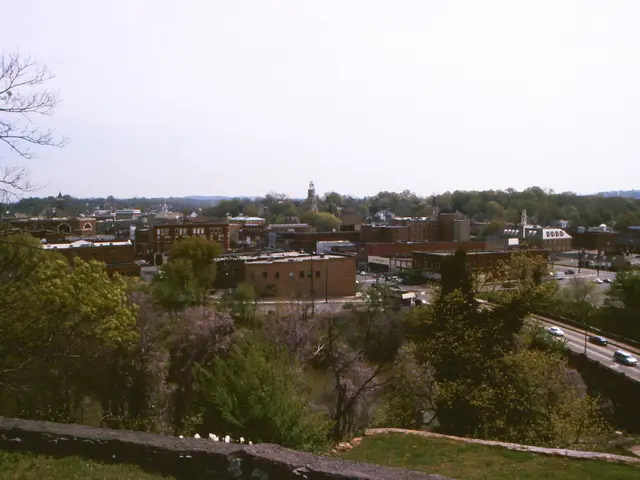Redefining Efficiency: Dubai's Structures Leading the Way in Water Conservation
In the heart of the Middle East, Dubai is transforming its skyline with green buildings that incorporate sustainable practices. These structures are reducing water consumption through a combination of smart fixtures, greywater recycling systems, drought-resistant landscaping, green roofs, and smart water management technologies.
Key specifics include:
- Smart fixtures: Low-flow taps, showerheads, and dual-flush toilets minimize water use by reducing flow rates and consumption per use, actively limiting wastage.
- Greywater systems: Treated greywater from sinks, showers, and laundry is reused for irrigation and landscaping, cutting down reliance on potable water for outdoor use.
- Drought-resistant landscaping: Landscaping relies heavily on native or drought-tolerant plants which require significantly less irrigation, thus conserving water in the arid Dubai climate.
- Green roofs: These help retain water and reduce runoff while also contributing to insulation and cooling, indirectly reducing water needed for cooling systems or landscaping.
- Smart water management systems: AI and IoT sensors track water usage closely, detect leaks early, and optimize irrigation scheduling based on real-time data to ensure water is only used as needed.
Dubai's green buildings are setting a new standard for water conservation that can be replicated in other regions facing similar environmental challenges. This is made possible by the city's Green Building Regulations, which have mandated water conservation measures in all new developments since 2014. Compliance is further incentivized with faster approvals and fee reductions, encouraging widespread adoption of these sustainable water practices.
For instance, smart irrigation systems deliver water directly to plant roots with minimal evaporation, reducing water wastage. Meanwhile, greywater systems treat water from sinks, showers, and washing machines for reuse in non-potable purposes, such as irrigation, flushing toilets, and cooling systems.
Moreover, green roofs provide additional benefits. They improve air quality and create urban biodiversity hotspots, offering a refuge for birds and pollinators. Additionally, they help absorb rainwater, reduce runoff, and cut down the need for irrigation, acting as natural sponges that retain moisture.
In the hot, water-scarce environment of Dubai, these integrated approaches enable green buildings to significantly lower water consumption, aligning with Dubai’s broader vision of resource optimization and sustainable urban growth. Dubai's green buildings are not just a testament to the city's commitment to sustainability, but a model for other cities to emulate as they strive for a more water-efficient future.
References:
- Dubai’s Green Building Regulations and Sustainability Assessment System
- Water Conservation in Green Buildings in Dubai
- Green Building Regulations and Standards in Dubai
- Smart Water Management in Green Buildings in Dubai
- Innovative Water Conservation Technologies in Green Buildings
Read also:
- Reduced Scope 1 emissions of Airbus due to the use of Sustainable Aviation Fuel
- Unveiling of Advanced Ochre Tools Uncovers Complicated Early Human Craftsmanship
- Financial Management Operations (FMO) spearheads a €130 million syndicated loan for QNB Leasing, a Turkish financial institution.
- At the age of 75, finding life monotonous, she decided to take on a new role as a foster mother.







